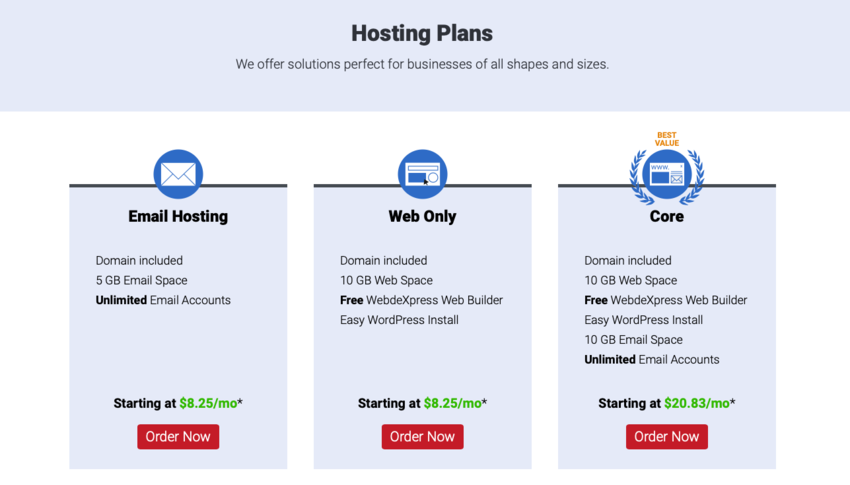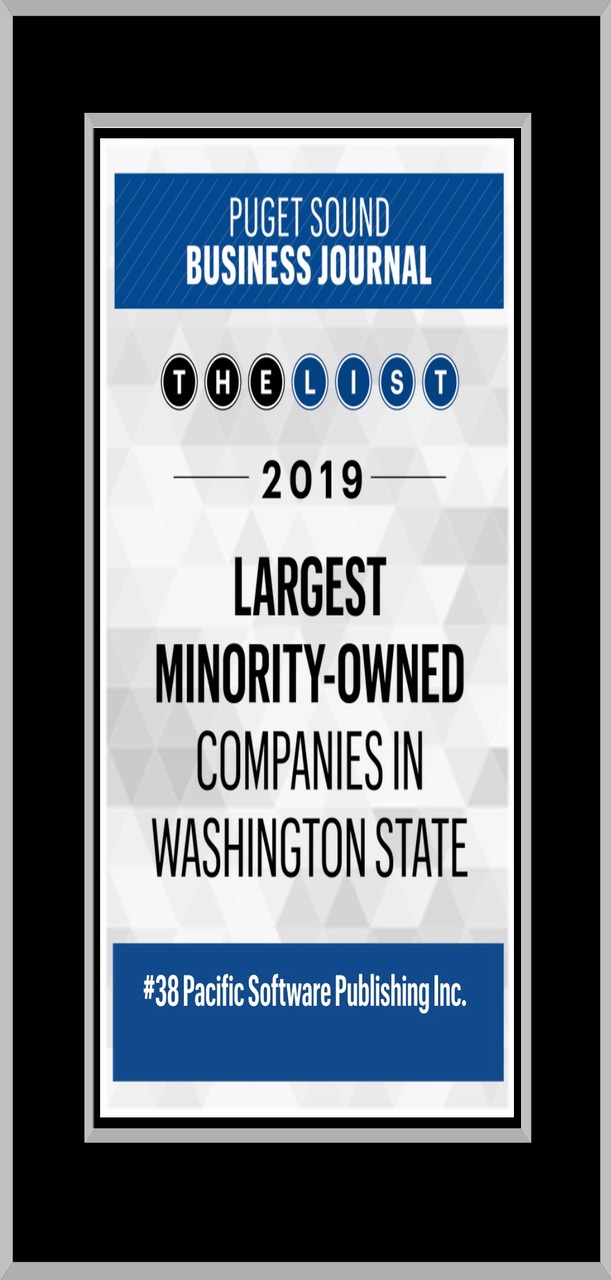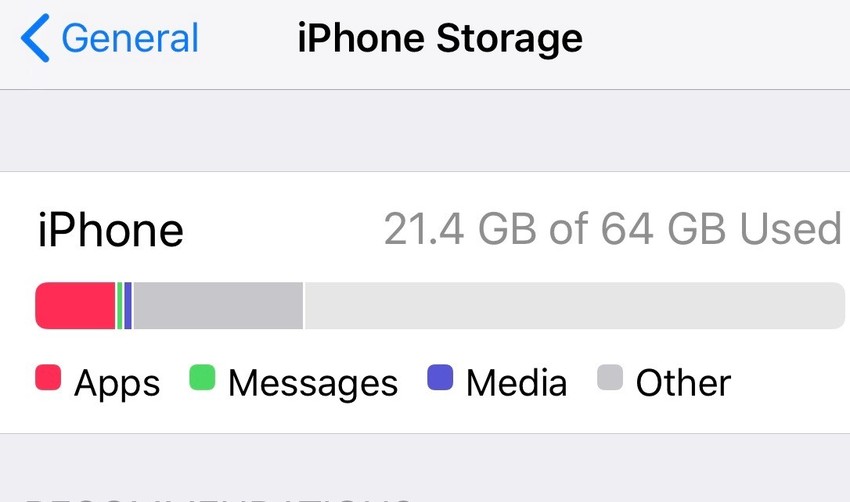Hosting Plans Made Easy
Dec
2
We do not have Cyber Monday Sale.
We always post the best possible prices for web and email hosting.
All hosting plan includes .COM or .NET domain registration.
If you have any question regarding your hosting needs, please feel free to contact us.
Call us at 1-800-232-3989 or 425-957-0808
or email sales@pspinc.com
or any technical question, please email support@pspinc.com
or visit https://www.pspinc.com/dreamersi
We will be happy to help you even if you are currently not our customer.
Pacific Software Publishing, Inc.
https://www.pspinc.com
est. 1987











